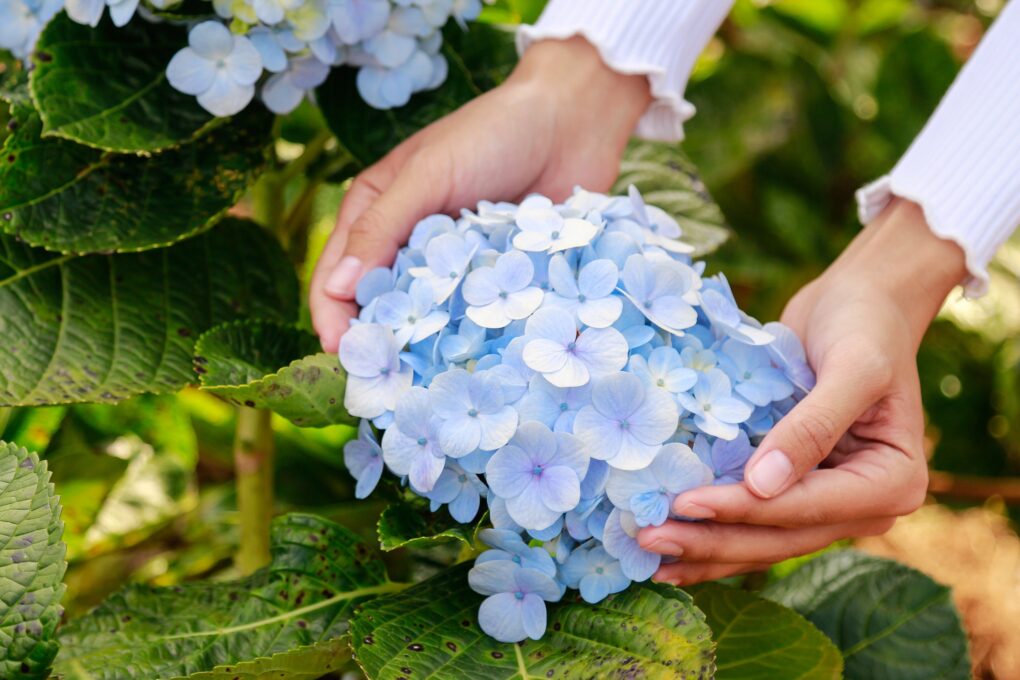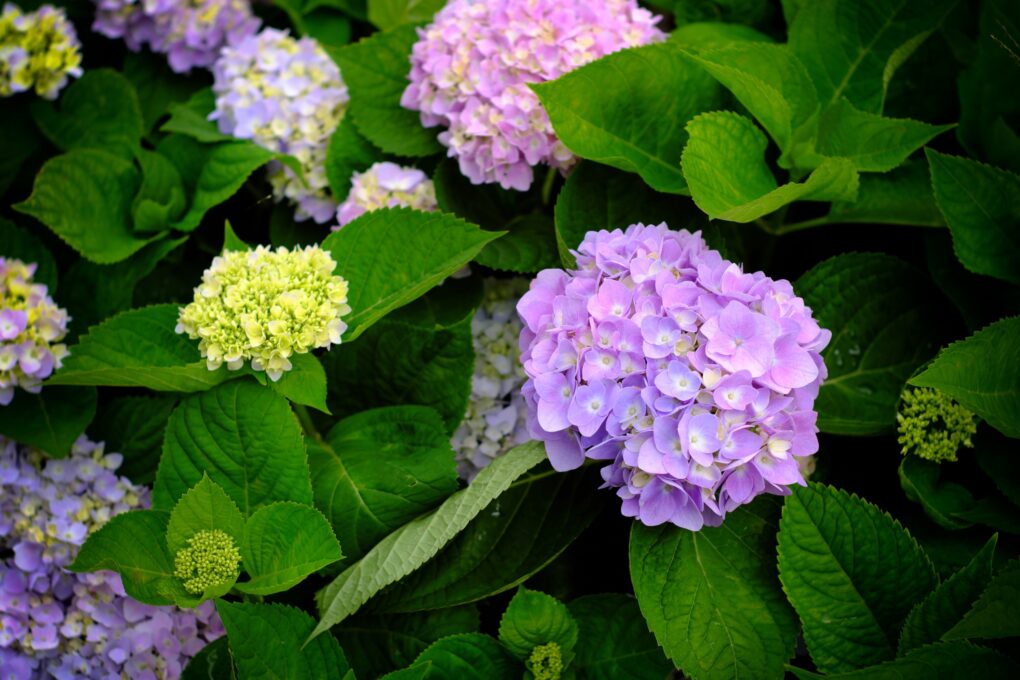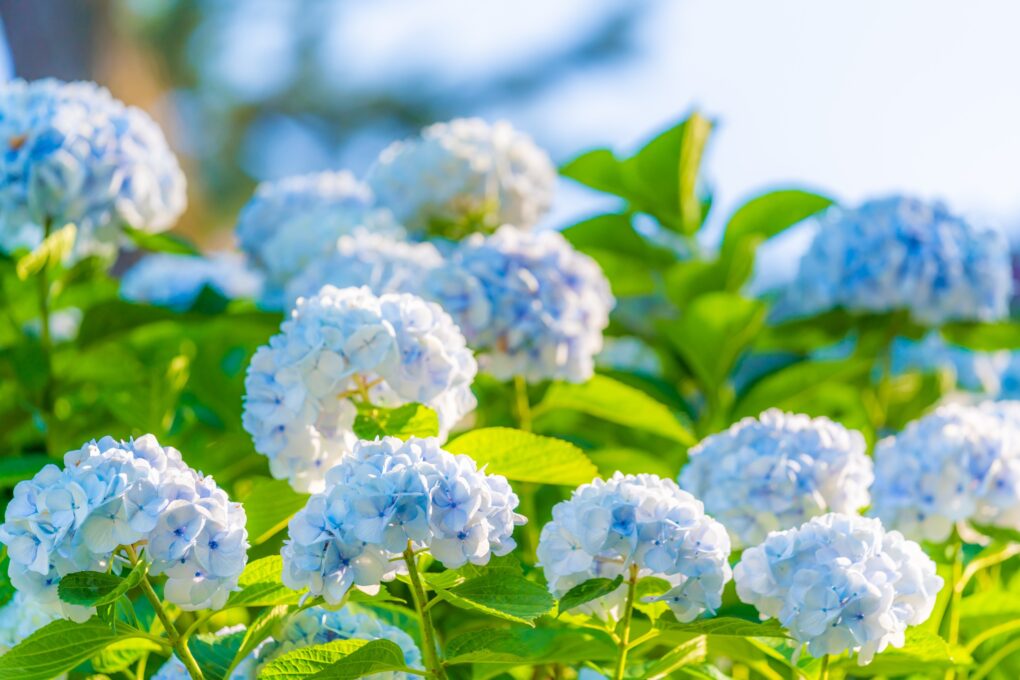How to Revive a Hydrangea Plant: Tips and Tricks
Hydrangeas are beautiful plants with large, showy blooms in various colors. Despite this, they are finicky and require specific care in order to thrive. If your hydrangea plant looks wilted or droopy, don’t worry – there are steps to revive it and bring it back to its full, vibrant glory.

The first step in reviving a hydrangea plant is to identify the cause of the problem. Hydrangeas can wilt for various reasons, including overwatering, underwatering, too much sun exposure, or lacking nutrients. Once you know what’s causing the issue, you can take steps to address it and help your plant recover.
You can use several methods to revive a wilted hydrangea, including trimming the stems, rehydrating the plant, and providing it with the right nutrients. Following the right steps and providing your plant with the care it needs will bring your hydrangea back to life and enjoy its beautiful blooms for years.
Table of Contents
Assessing the Plant’s Condition

Before attempting to revive a dying hydrangea plant, it is important to assess its condition to determine the best course of action. This section will cover the symptoms of a dying hydrangea plant and how to identify the cause of the problem.
Symptoms of a Dying Hydrangea Plant
There are several tell-tale signs that a hydrangea plant is in distress. These symptoms include:
- Wilting or drooping leaves
- Yellowing or browning leaves
- Stunted growth or lack of new growth
- Death of branches or stems
- Small or no blooms
If your hydrangea plant is exhibiting any of these symptoms, it is likely in need of attention.
Identifying the Cause of the Problem
Once you have identified that your hydrangea plant is in distress, it is important to determine the cause of the problem. This can be done by examining the plant and its environment. Possible causes of a dying hydrangea plant include:
| Possible Cause | Symptoms |
| Lack of water | Wilting or drooping leaves, yellowing or browning leaves |
| Overwatering | Wilting or drooping leaves, yellowing or browning leaves, root rot |
| Poor soil quality | Stunted growth or lack of new growth, small or no blooms |
| Incorrect pH level | Yellowing or browning leaves, small or no blooms |
| Pest infestation | Death of branches or stems, small or no blooms |
By identifying the cause, you can take the appropriate steps to revive your hydrangea plant and prevent future issues.
Reviving a Hydrangea Plant

Hydrangeas are beautiful flowering plants that can add a touch of elegance to any garden. However, they can be quite sensitive and require extra care to thrive. If you notice that your hydrangea plant is not doing well, don’t worry. There are several ways to revive and return it to its former glory.
Watering the Plant Correctly
One of the most common reasons hydrangeas wilt is lack of water. However, overwatering can also be a problem. To revive a wilted hydrangea, it’s important to water it correctly. Here are some tips:
- Water the plant deeply, but not too frequently. Hydrangeas prefer moist soil but don’t like sitting in water.
- Water the plant in the morning or early afternoon, giving the plant enough time to absorb the water before the sun sets.
- Use a soaker hose or drip irrigation system to water the plant slowly and evenly. This will prevent water from pooling around the base of the plant.
Feeding the Plant
Hydrangeas need nutrients to grow and thrive. If your plant looks weak or wilted, it may lack essential nutrients. Here are some tips for feeding your hydrangea:
- Fertilize the plant with a balanced fertilizer that is high in phosphorus. This will promote healthy root growth and encourage the plant to produce more flowers.
- Apply the fertilizer in the spring and again in the summer, follow the instructions on the package carefully.
- Consider adding compost or organic matter to the soil around the base of the plant. This will help to improve soil quality and provide additional nutrients.
Pruning the Plant
Pruning is an important part of hydrangea care. It can help to promote healthy growth and prevent the plant from becoming too leggy or overgrown. Here are some tips for pruning your hydrangea:
- Trim the plant early in the spring or late in the winter, before new growth appears.
- Cut away any dead or damaged branches, as well as any branches that cross or rub against each other.
- Remove any old flowers or seed heads. This will encourage the plant to bloom more.
Transplanting the Plant
If your hydrangea is not doing well in its current location, you may need to transplant it to a new spot. Here are some tips for transplanting your hydrangea:
- Choose a new location that has well-draining soil and receives partial shade.
- Transplant the plant in the fall or early spring, when the plant is dormant.
- Dig a hole twice as wide as the root ball and just as deep.
- Place the plant in the new hole after gently removing it from its current location.
- Backfill the hole with soil and water the plant deeply.
Preventing Future Problems

After successfully reviving your hydrangea plant, it’s important to take steps to prevent future problems. Proper care techniques and protecting the plant from environmental stressors can help keep your hydrangea healthy and vibrant.
Proper Hydrangea Care Techniques
Hydrangeas need consistent care to thrive. Here are some tips to keep your plant healthy:
- Water regularly, but don’t overwater. Hydrangeas prefer moist soil, but they can’t tolerate standing water. Water deeply once a week, and adjust based on rainfall and temperature.
- Fertilize in the spring and summer with a balanced fertilizer, follow the instructions on the package, and avoid over-fertilizing.
- Prune in the late winter or early spring to remove dead or damaged wood, be careful not to remove too much, as this can reduce blooming.
- Protect the plant from pests and diseases by removing dead leaves and debris, and treating with insecticide or fungicide as needed.
Protecting the Plant from Environmental Stressors
Hydrangeas are sensitive to environmental stressors like extreme temperatures, drought, and sunlight. Here are some ways to protect your plant:
- Plant in a location with partial shade, and avoid areas with strong winds or direct sunlight.
- Keep soil moist and regulate soil temperature by mulching around the base of the plant.
- Protect the plant from frost and freeze damage by covering with a blanket or tarp.
- Water deeply during dry spells, and avoid overwatering during wet periods.
